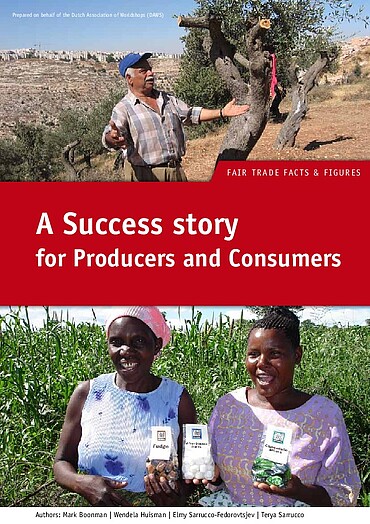Abstract
Commentary on the report by Carol Wills (the full commentary is offered as a separate download ...)
“Handicraft is the trade of the poor. They don’t have land to produce food”
Joan Karanja, Director of Cooperation for Fair Trade in Africa (COFTA)
“That is the little difference we can make with Fair Trade. To help people have work, income, a future” Daan van Vugt, Fair Trade Importer, the Netherlands
The strategic intent of Fair Trade is to:
Deliberately work with marginalised producers and workers in order to help them move from a position of vulnerability to security and economic self-sufficiency
Empower producers and workers as stakeholders in their own organisations
Actively play a more substantial role in the global arena when it comes to achieving greater equity in international trade. (FINE 2001)
The latest edition of Fair Trade Facts and Figures demonstrates that Fair Trade does indeed achieve what it sets out to do. Working with some of the poorest people in the world, helping them to organise in groups, associations and networks, supporting them to build their capacity to make good quality, hand-made Gifts and Living products (or grow commodity crops more efficiently in an eco-friendly way), providing market access, lobbying for official recognition of Fair Trade and fairer international trade terms, Fair Trade continues to transform lives for the better. Numbers are not huge but they are significant. The survey tells us that more than 1.3 million people benefit directly from their link with Fair Trade. Most of these people belong to organisations in membership of the World Fair Trade Organization (WFTO) one of the two major international players in the Fair Trade Movement. The other major player is Fairtrade Labelling International (FLO) which claims[1]to benefit 1.5 million farmers with certified Fairtrade. Between them, the WFTO and FLO bring income and benefits to 2.8 million women and men whose lives might otherwise be blighted by poverty. Global Fairtrade certified retail sales of mostly commodity products such as coffee, tea and chocolate, reached Euros 3.4 billion in 2010. The Gifts and Living producers in Africa, Asia and South America who responded to the survey reported sales in export and local markets of Euros 43.8 million. This means a final retail value of Euros 438 million. ...
...
